For the publisher Elsevier, antivax papers are apparently only a problem when they are too heavily manipulated. It took their journal 12 years to retract the notorious paper by Andrew Wakefield, because of data irregularities (details here and here). But the damage was done, an worldwide antivax movement was born, which keeps spreading bizarre and irrational paranoia that vaccines would cause autism in children (most recently supported by the disastrous US president Donald Trump, in tweets and in actual governmental policy). Vaccination rates dropped worldwide, and consequently deadly diseases considered long eradicated are making a comeback. But scholarly publishers and their journals bear here a heavy responsibility, by repeatedly publishing antivax papers and providing the anti-vax movement with the scientific legitimacy.
This was exactly what Elsevier did just now, again. Their Journal of Inorganic Chemistry published a paper by notorious antivax researchers Christopher Shaw, ophthalmology professor in the University of British Columbia, and his postdoc Lucija Tomljenovic. Both scientists enjoy full support of their Canadian university, despite that, together with another antivaxer, Yehuda Schoenfeld, they once had to retract a paper on the alleged neurotoxicity of aluminium adjuvant in vaccines, from the Elsevier journal Vaccine. The authors then simply republished the retracted masterpiece again in another journal, Immunologic Research, published by Springer.
The newly published Shaw paper in Journal of Inorganic Chemistry is again about alleged neurotoxicity of aluminium (or as authors prefer to call it, “aluminum”) , with a bold claim that it would cause autism in mice, as detected by some biomarkers authors saw as appropriate:
Dan Li, Lucija Tomljenovic, Yongling Li, Christopher A. Shaw
Subcutaneous injections of aluminum at vaccine adjuvant levels activate innate immune genes in mouse brain that are homologous with biomarkers of autism
Journal of Inorganic Biochemistry 2017, DOI: 10.1016/j.jinorgbio.2017.08.035
Problem with that paper is: it seems to be so heavily manipulated that one wonders if the experiments were ever performed at all. Several Twitter and PubPeer commenters spotted gel band duplications, and data reuse from earlier Shaw publications on the same topic, accidentally at the very same journal.
I contacted with this information the journal’s chief editor and chemistry professor at University of South Carolina, John Dawson as well as his four associate editors, but they did not dignify my email with a reply. The following guest post by the sceptic blogger “Smut Clyde” (whose real name is known to me, and probably some of your also) might provide an explanation as to why. This Elsevier journal seems to have a great interest in proving the alleged neurotoxicity of aluminium adjuvant in vaccines.
The Elsevier spokesman and head of corporate relations, Tom Reller, eventually did reply to me on Twitter. It seems that Elsevier once again will only act on an pseudo-scientific antivax paper if there is enough evidence of heavy data manipulation. Not because it peddles dangerous antivax pseudo-science.

Mirror neurons and little men in boats: The rise and fall of an antivax paper.
By Smut Clyde.
A recent paper by Li, Tomlenovic, Li & Shaw has attracted a great deal of attention, both positive and negative. The authors assert that aluminium compounds activate inflammation-related genes in the brains of mouse pups, causing brain damage, when they are injected with dosages comparable to the amounts contained in the US infant vaccination schedule.
In particular, the paper featured in a comment thread at Pubpeer, in the inimitable and inimical style that prevails in that forum. Here I will try to spin comments and observations from the thread into some sort of coherent narrative. I will not try to duplicate criticisms of the paper elsewhere, made by people more qualified than me, including Orac at Respectful Insolence and by Mad Virologist and The Blood-Brain Barrier Scientist… those critiques questioned whether the genes measured were an ideal selection, whether the semi-quantitative methods applied to them were appropriate, and whether the results of those methods have been treated with performance-enhancing photoshop (Figure 1, below). I will continue to spell “Aluminium” with two ‘i’s, the way God intended.
First, a little of the background is in order. The Journal of Inorganic Biochemistry (J.Inorg.Biochem) has a tradition of publishing papers on neurology, immunology, animal behaviour, and the causation of autism, as long as those topics arise in the context of aluminium toxicity. The Editors take a generous interpretation of their remit, and the journal’s peer reviewers are optimistic about the bounds of their expertise. This tradition goes back at least to 2009. In 2011 the Editors surpassed themselves with a Special Issue (“Living the in Aluminum Age” [sic]), guest-edited by a high-ranking member of the Aluminati, Professor Christopher Exley of Keele University. Many surprising reports claims were made in that issue, such as the fact that alumina in antiperspirants is a leading cause of breast cancer, while Tomljenovic and Shaw contributed a problematic comparison between variations in autism prevalence and variations in vaccination schedules… a comparison that works best if one postulates that the neurotoxicity of aluminium adjuvants propagates backwards in time, in the manner of thiotimoline.
The paper of interest here, the most recent in this series, presents a comparison between RNA levels and protein levels in the brains of mice variously injected with colloidal aluminium hydroxide, or saline solution (Al and Control groups). The graphical component of the paper is dominated by RT-PCR gels (where short segments of RNA have been separated along a gel to mark their presence or absence after repeated cycles of reverse-transcriptase PCR), and Western blots. These are the white-on-black tandem kayak images and black-on-white moustache identity parades, respectively, in Figure 1.
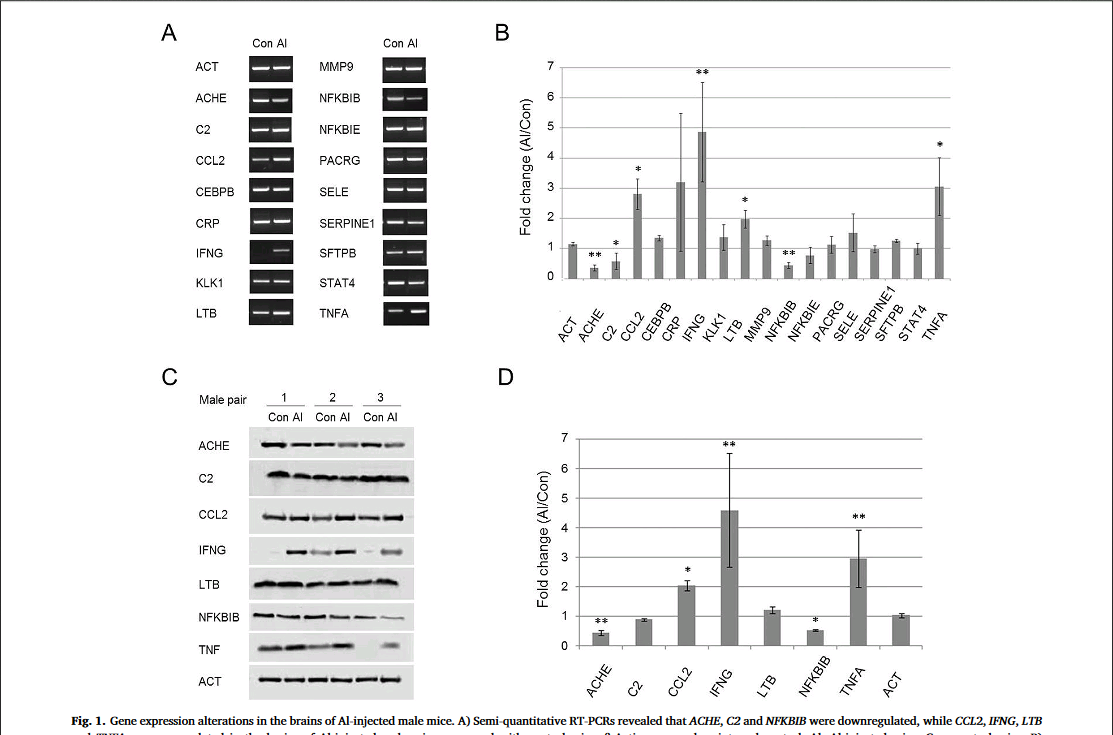
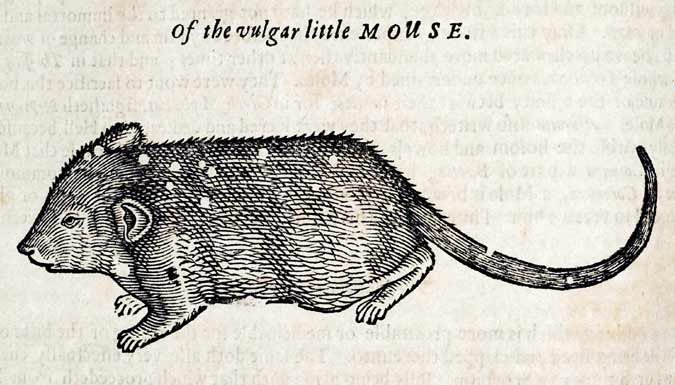 Genetically-diverse CD-1 mice were used here — “vulgar little mice — bred under conditions that are described in a manner that invites confusion, worded in terms of four groups rather than two. There is also uncertainty as to the number of breeding pairs.
Genetically-diverse CD-1 mice were used here — “vulgar little mice — bred under conditions that are described in a manner that invites confusion, worded in terms of four groups rather than two. There is also uncertainty as to the number of breeding pairs.
The description made a little more sense when it first appeared in a 2013 paper in J.Inorg.Biochem — the first report from this specific project – in which we learn that there were two Al-exposed litters of 14 pups, with different exposure levels; also a fourth litter that was saved for feeding pet snakes or some other objective which need not concern us here. The ambivalence on the number of breeding mothers was present in 2013 as well.
The Al and Control mice received the same number of injections, on the same days… no, wait, according to the 2013 account, they received 6 and 5 injections respectively, on a different schedule.
At the age of 16 weeks, having performed behavioural tasks for the edification of the experimenters, the mice were sacrificed on an altar of black basalt.
“At 16 weeks of age the mice were euthanized and the brain tissues were collected for gene expression profiling experiments.”
I made up the part about a basalt altar. Also, the mice survived until 34 weeks before execution.
“The general development of mice was monitored by systematic recording of their weights from week 1 till the time of sacrifice (week 34).”
I try to keep better track of the age at sacrifice of my experimental subjects, but it is true that I work with humans.
The posthumous adventures of those murine brains are best explained by an excursion outside the confines of J.Inorg.Biochem, to a pair of 2014 papers: “Are there negative CNS impacts of aluminum adjuvants used in vaccines and immunotherapy?” (Shaw, Li & Timljenovic), Immunotherapy, and “Etiology of autism spectrum disorders: Genes, environment, or both?” (Shaw, Sheth, Li & Timljenovic, OA Autism )* Both contain foretastes of Figure 1, as a kind of appetite-whetting trailer for the present paper **:
Six male mice were chosen for preliminary measurements: three Al-exposed and three controls. It is not stated whether they were selected at random, or because their behavioural performance promised results that would fit the desired picture. Both 2014 papers included a caveat that the samples were too small to sustain strong conclusions, and the results were merely suggestive until more comprehensive measurements can be made. In fact the reader might wonder how the confidence bounds shown in the
various Figures 1 can be drawn at all from only three measurements.
So the 2017 paper is the fulfilment of that promise to “collect the data on other samples”. There are now 10 male mice involved, and 10 females:
The brain samples of five males and five females injected with Al and five males and five female control mice were randomly paired for gene expression profiling
In addition,
The experiments for each mouse were repeated three times for statistical purposes
… Perhaps under the impression that these would be independent measurements, and could be used to narrow the confidence limits.
But mirabile dictu, the 2017 Figure 1 (see above) is exactly the same as the 2014 versions! — neither the mean values nor the error bars for male-mouse brains were affected by the additional data! This brought consternation and speculation into the Pubpeer thread.
In the course of that long history of previous publication, the panels comprising Figure 1 have undergone multiple cycles of contrast enhancement and high-loss JPEG image compression, so one can download a “high resolution” version but the main benefit is to see the compression artefacts at greater magnification. The present paper also added corresponding figures for the female-mouse brains, notably Figure 2.

Further consternation resulted when sharp-eyed Pubpeer contributors noted that some of the RT-PCR kayaks are distinctive in appearance — one boasting a little foresail (the Control C2 RNA) while another carries a little-man-in-the-boat as its passenger (Al CEBPB RNA) — and these allow one to recognise that several of the Al-Control pairs had previously been extracted from the brains of male mice (where they coded for the NFKBIE and MMP9 proteins respectively).
Nor does it stop there. Several of these distinctive kayaks have been reflected left-to-right — so the foresailed band that evinced the presence of C2 RNA (in the left-hand column of Figure 2A) appears again (in the right-hand column), heading in the other direction, to evince the presence of SFTPB. The little-man-in-the-boat reappears in the same way as SERPINE1, while a kayak with an outboard motor — previously a Control for CRP — becomes the Control for SELE.
The most parsimonious explanation is that a single continuous gel, alternating between Al and Control bands, has been sliced one way to provide the first column of Figure 2A, and then mirrored horizontally and cut up at alternate divisions to provide the second column. If the original gel was 1-2-3-4-5-6-7-8-9, where even bands are Al, it became the pairs 1-2 / 3-4 / 5-6 / 7-8 for four RNAs, then 9-8 / 7-6 / 5-4 / 3-2 for four different RNA pairs.
It is as if someone had been told to turn data sets Y and Z into figures for the paper, but those data did not exist, so the team member improvised from data set X, already published. Or else they thought they were studying mirror neurons. In total the same images have appeared in five places, signifying three different protein RNAs, which shows admirable economy on someone’s part.
That is still not all; the horizontal-mirror methodology was applied again to Figure 4.
Certain bands in these RT-PCR gels are marked by distinctive bubbles and hiccoughs. These allow us to recognise that Figure 4D is a reflected version of 4B, differently exposed. Kayaks evincing the presence of Cytokine Actin RNA in 4B became evidence for Adhesion-molecule ICAM-1 in 4D (while IL-6 became E-Selectin, IL-5 became VCAM-1 and IL-4 became Actin).
I am no expert on the minutiae of PCR methods but I am fairly sure that
inverting images — reversing the status of Control and Al-exposed genetic
activity — is not legitimate, and it does not happen by accident.
Footnotes
* OA Autism comes from a one-man publisher “OA Publishing London“, a source of interest and entertainment in its own right, as reported a few years ago by Neuroskeptic. The journal is moribund, with no new additions to its files since late 2014, but the website is still there so we should enjoy it while it lasts. Evidently the publisher managed to recruit Alexander Seifalian to be Chair of the “Board of Trustees“: his name may be familiar to Leonid’s readers.
** Hat tip to Michael Brown for spotting the foreshadowing.
Update 8.10.2017. The Editor-in-Chief John Dawson wrote me back, with this signed one-liner (no “Dear Dr Schneider”, or “Hi Leonid”):
“The paper by Shaw and co-workers is being retracted jointly by the authors and the editor.
John Dawson, JIB Editor”

Donate!
If you are interested to support my work, you can leave here a small tip of $5. Or several of small tips, just increase the amount as you like (2x=€10; 5x=€25). Your generous patronage of my journalism will be most appreciated!
€5.00








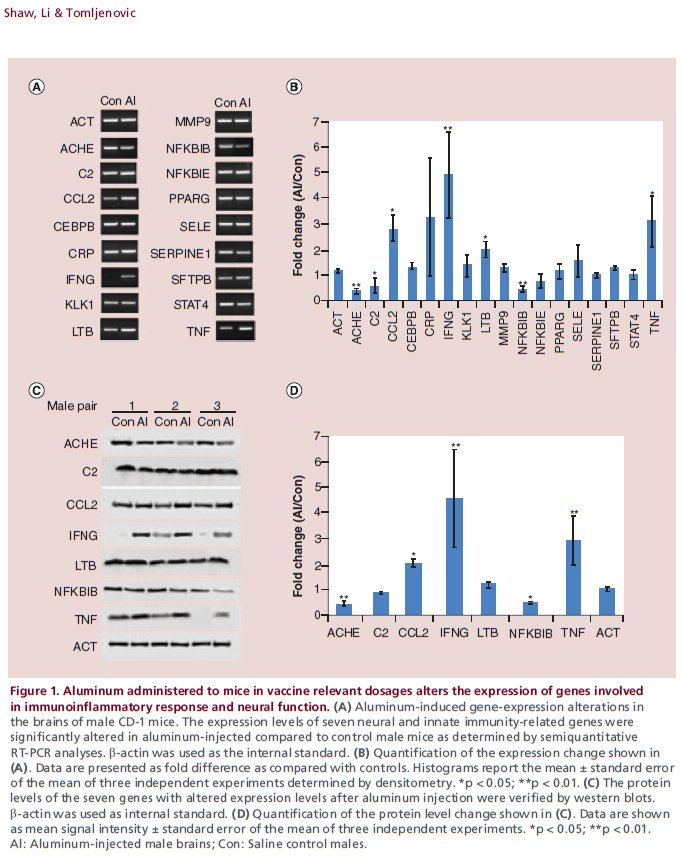



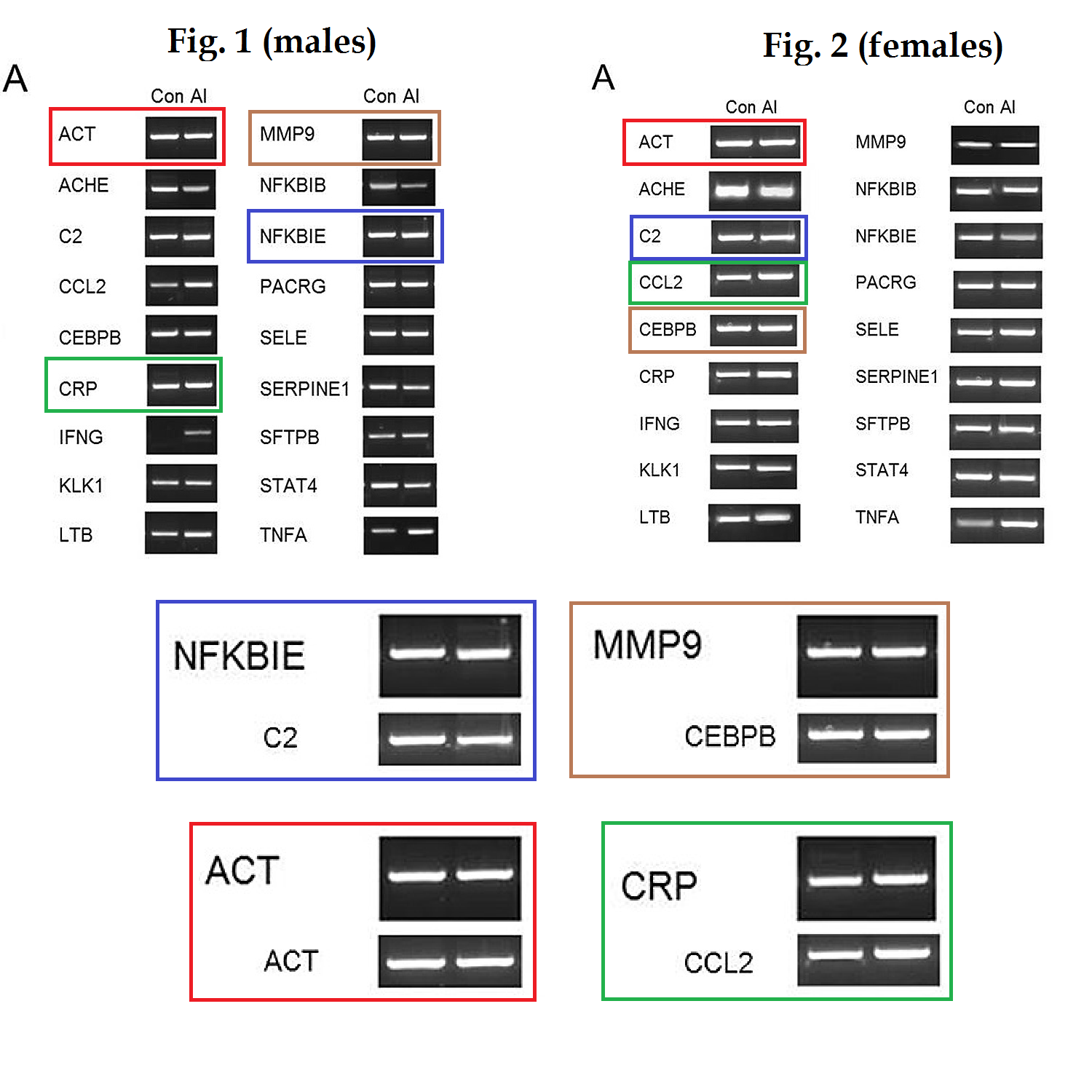
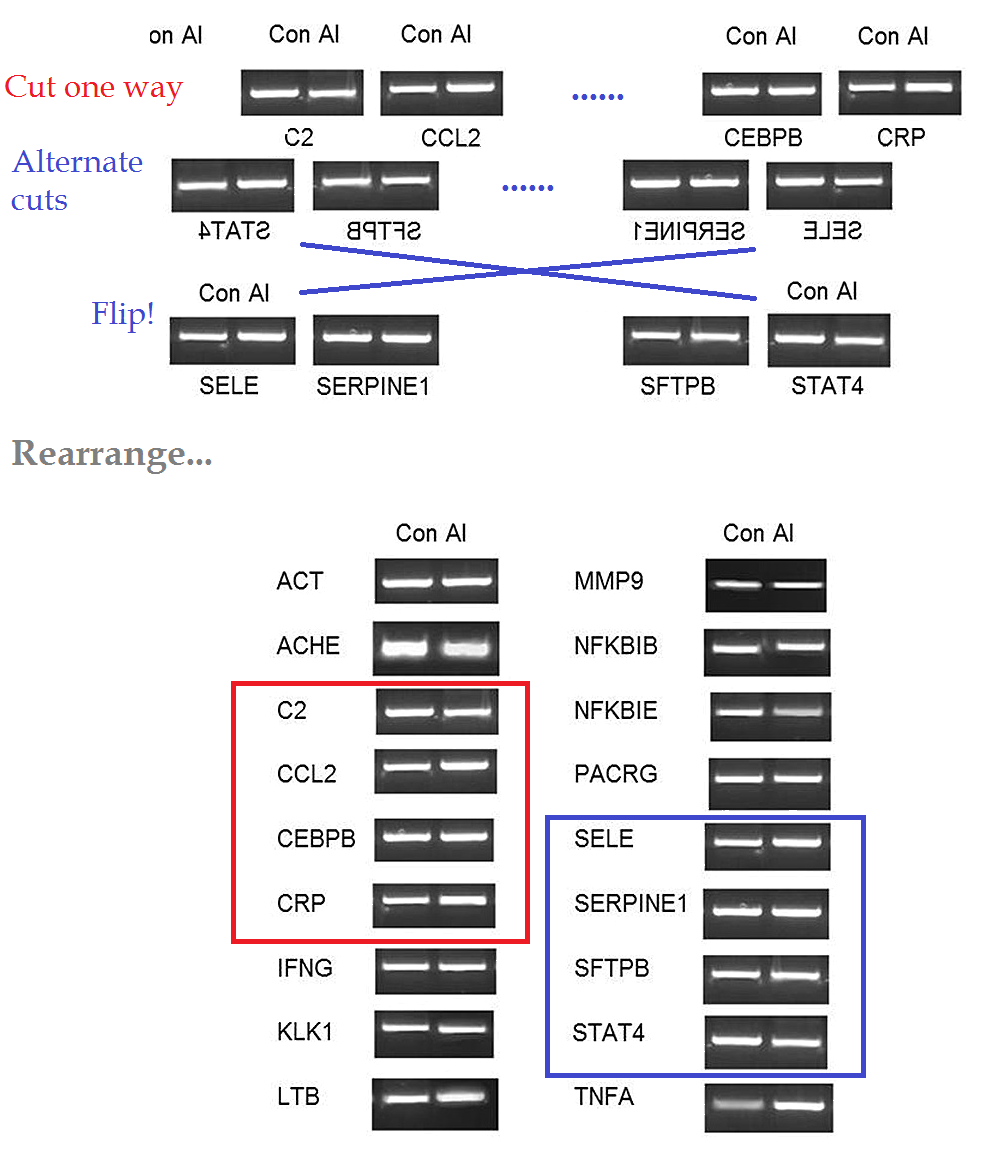



Pingback: De linke weekendbijlage (38-2017)
Pingback: Ascesa e caduta degli Alluminati - Ocasapiens - Blog - Repubblica.it
“aluminum” is the US spelling of aluminium
LikeLike
Tracing Chris Exley’s “Aluminati” contributions to the J.Inorg.Biochem would require a lengthy footnote, or perhaps an article in itself. The Keele Meetings on Aluminium are a yearly event, so every November there is a Special Keele Issue in J.Inorg.Biochem, presenting the latest conclusion-driven findings of aluminium toxicity. For instance, Exley is the ultimate source of the idea that aluminium in antiperspirants is the main cause of breast cancer:
ncbi.nlm.nih.gov/pubmed/17629949
However, the world’s refusal to pay attention to his warnings has convinced Exley that there must be a conspiracy to suppress them. So behold the “4th International Symposium on Vaccines” — a CMSRI scamboree intended for the task of turning Dwoskin Foundation money into junkscience — where Exley and Tomljenovic chaired a panel discussion on the topic “Why do you think that the authorities are trying to hide the truth?”
Behold also a publication with the not-at-all deranged title: “Why industry propaganda and political interference cannot disguise the inevitable role played by human exposure to aluminum in neurodegenerative diseases, including Alzheimer’s disease”…
Why yes, it was in Frontiers in Neurology.
“Surely,” I thought, “it is the role of the editor to replace the title with something more moderate and likely to be taken seriously. Who edited this?”
Edited by:
Christopher Ariel Shaw, University of British Columbia, Canada
Reviewed by:
Nelson Silva Filho, Universidade Estadual Paulista, Brazil
Lucija Tomljenovic, University of British Columbia, Canada
There are two lessons here — first, that Frontiers is devoted to the objective iof independent and disinterested peer review; and second, that the level of intellectual inbreeding within the Aluminati is so great that their brains have six fingers and play banjo.
LikeLiked by 1 person
Aluminum or Aluminium? I blame Sir Humphry Davy. More details here https://www.thoughtco.com/aluminum-or-aluminium-3980635
LikeLike
In an older paper- also in J of Inorganic Biochemistry
https://www.ncbi.nlm.nih.gov/pubmed/19740540
the authors injected Al(OH)3 in mice and performed behavioral tests (swimming) and others.
They claimed that the Al-amount was equivalent to a human dose corrected for the body weight of the mice. But the amount of Al was diluted in a solution – so the mice received a huge volume injected in the neck.
I calculated this volume for my body weight, it was between 400 and 2400 ml. If this volume will be injected in my neck with some injections I think, I will also be a bad swimmer- such as the mice.
LikeLike
Figures 4A and 4B in that paper — “Distance” in cm. and “Velocity” in cm / total time — are plotting exactly the same observations, just in different units, so naturally they are identical.
Figures 4D (angular velocity) and 4E (meander) are also identical — though with different error bars — it’s not so obvious way.
Figure 4C (turn angle) is the inverse of 4F (time moving), though with different error bars, and is almost collinear with 4D and 4E. The authors are plotting the same data, in several ways, as if they are separate measurements.
These are results from Experiment 2 in that study. There is no indication of how many mice were used in that study, or what age they were injected, or the age when they were tested (only that tests began 16 weeks after the last injection). Only that full data for “These mice, along with controls and other treatment groups [will] be reported elsewhere”.
I rather suspect that these are the same mice whose observations were reported again in the 2013 / 2014 / 2017 papers.
In fact we don’t know the actual quantity of AlOH the mice received, because it’s all measured in ratios. In this paper, as in others, the authors are summing ratios… 50 mg/kg at the first injection, plus 50 mg / kg a few days later — a larger quantity because the mouse is larger — and so on. You can’t do that!!
LikeLike
“Vaccination rates dropped worldwide”
Citation needed!
The fact is vaccination rates worldwide have long been increasing (due to improving medical care access and investment, especially in developing countries). Likewise the short term and long term trends of vaccination rates in countries like the USA and Australia are also upwards.
Ref:
https://www.cdc.gov/nchs/data/hus/hus16.pdf Tables 66-69.
http://www.immunise.health.gov.au/internet/immunise/publishing.nsf/Content/acir-ann-cov-hist-data.htm
http://www.who.int/mediacentre/factsheets/fs378/en/
Antivaxxers are a small minority in most countries (around 1% of the population in Australia according to the ABS). If we wish to increase vaccination rates even higher, focusing on the other reasons why coverage is not 100% will have a much larger impact.
LikeLike
Smuth Clyde wrote:
Exley is the ultimate source of the idea that aluminium in antiperspirants is the main cause of breast cancer:
ncbi.nlm.nih.gov/pubmed/17629949
In the above paper of Exley the large range of Aluminium measured is remarkable. In that paper they used a defatted procedure.
But in another paper of the same Exley group, they used another method (microvawe digestion) for aluminium determination and found no significant regionally differences in all 4 parts of the female brest with cancer.
So the first paper is cited in the media and elsewhere, Women were concerned about “cancerogenic” Al 3+ Antitranspirants. But the second paper was not cited in the media, nor was the first paper retracted, due to poor methods. I could not find any use of international Al3+ standards (although available), nor use of clean room technology in any Exley paper. Both is necessary, because Aluminium is everywhere. Even the glasware or plastic ware used needs a specification for Aluminium, in order to avoid contamination.
House E, Polwart A, Darbre P, ….Exley C.
The aluminium content of breast tissue taken from women with breast cancer. J Trace Elements in Med and Biol 2013;27:257-266
LikeLike
Pingback: Il metodo scientifico rivisto dagli Alluminati – OggiScienza
The Shaw-Tomljenovic story continues:
http://eusa-riddled.blogspot.co.nz/2017/10/you-maniacs-you-blew-it-all-up-divided.html
LikeLike
Pingback: Yehiel Zick, Weizmann’s resident Western blot artist; by Smut Clyde – For Better Science
Pingback: Anti-Vaxxer Forrest Maready’s New Book, Crooked, Crashes & Burns! – False Prophets
Pingback: Free speech opponent & vaccine denier J.B. Handley misrepresents facts…again. – False Prophets
New paper:
Journal of Inorganic Biochemistry
Volume 181, April 2018, Pages 96-103 Journal of Inorganic Biochemistry
Is exposure to aluminium adjuvants associated with social impairments in mice? A pilot study
Sneha K.S.Sheth, Yongling Li, Christopher A.Shaw
https://doi.org/10.1016/j.jinorgbio.2017.11.012Get rights and content
Highlights
•Aluminum, although neurotoxic, is used in many pediatric vaccines as an adjuvant.
•This study investigated the effect of aluminum adjuvants on social behaviour in mice.
•Neonatal pups injected with aluminum hydroxide demonstrated anomalous social behaviour in some instances.
https://www.sciencedirect.com/science/article/pii/S0162013417304749
LikeLike
Pingback: Frontiers: a danger for public health? – For Better Science
Pingback: Li Jia, the Research Fraud Olympian – For Better Science
Pingback: Vaccine critic Yehuda Shoenfeld elected member of Israel Academy – For Better Science
Pingback: Ken Jebsen ist der gefährlichste Antisemit Deutschlands | Julienswatchblog
Pingback: Judy Mikovits’ Plandemic COVID-portunism – For Better Science
Pingback: Brian Deer’s book on Andrew Wakefield: “The Doctor Who Fooled the World” – For Better Science